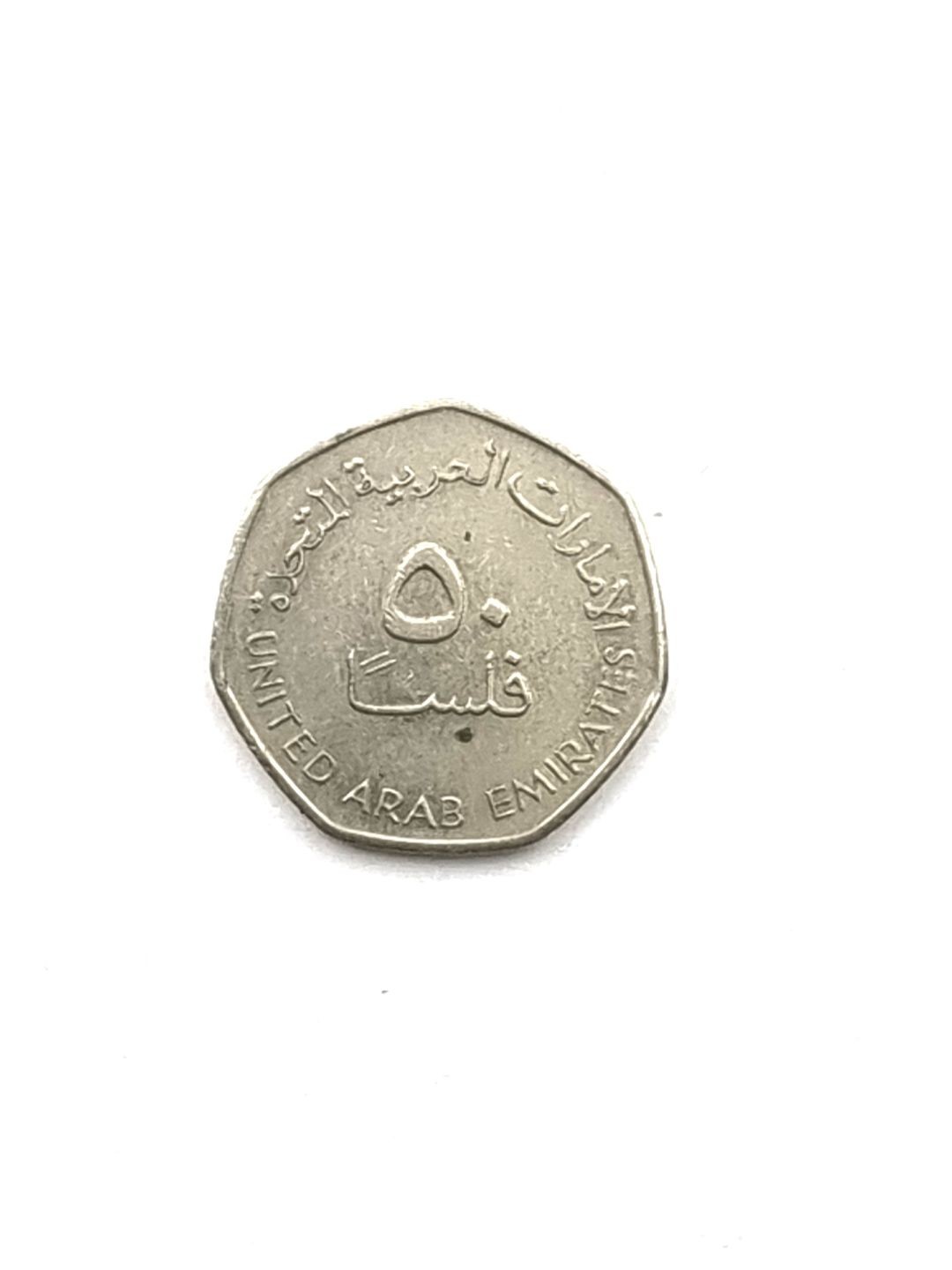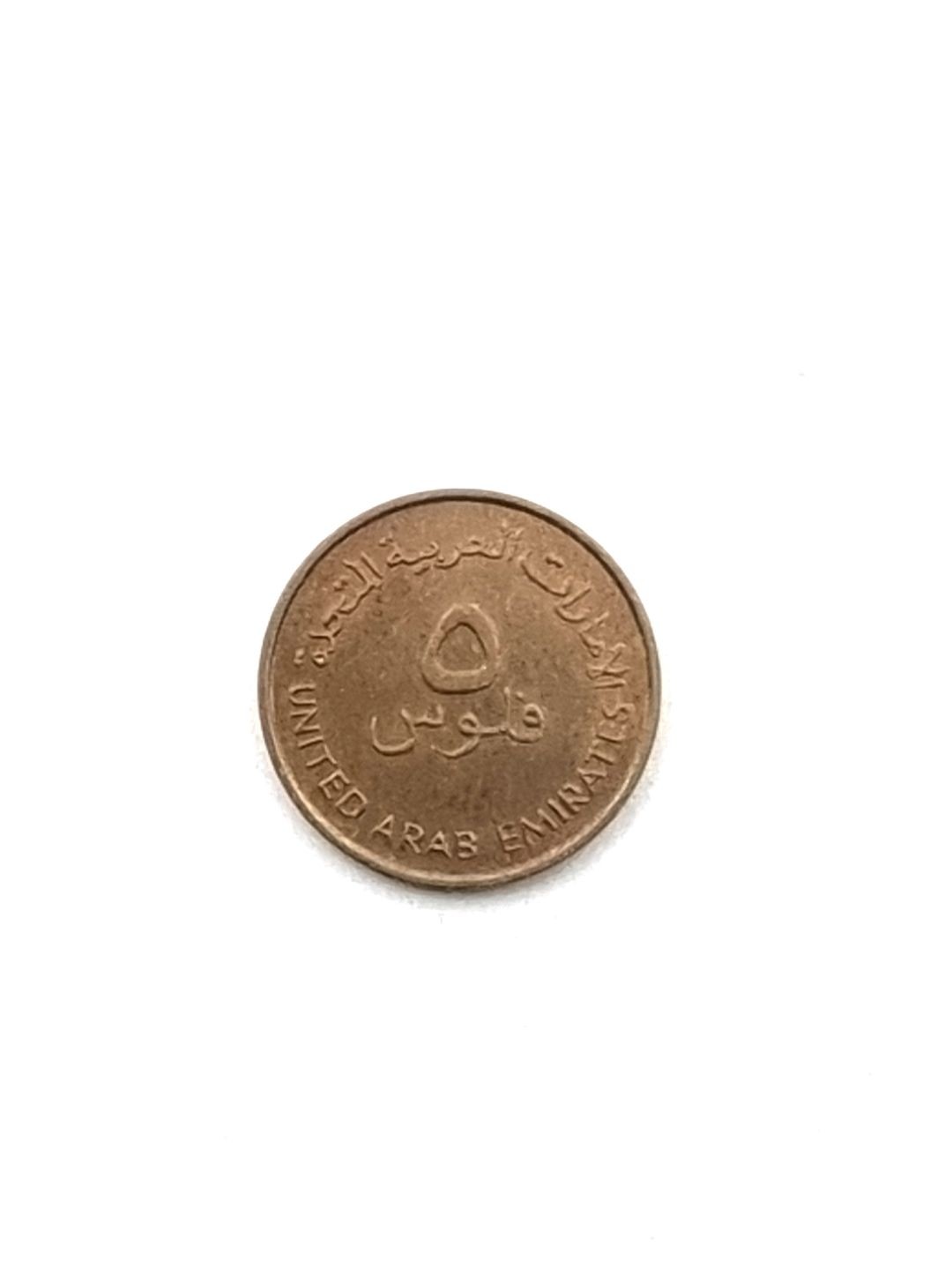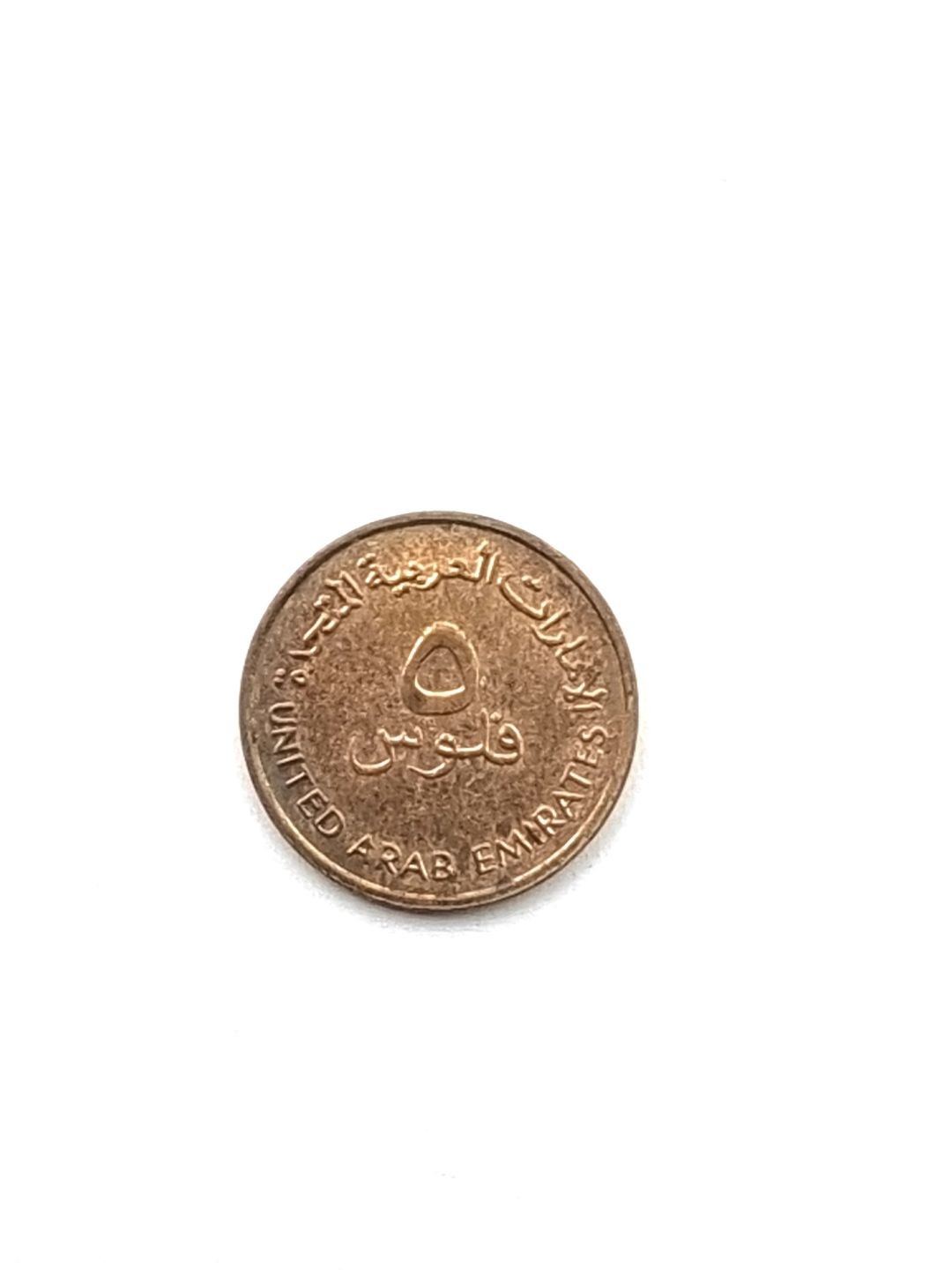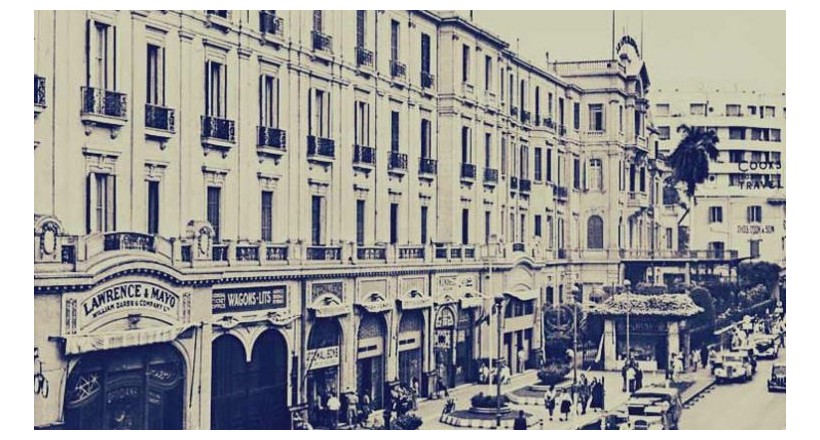Khedivial Cairo is the heart of Cairo in the period of Khedive Ismail , and it starts from the Qasr al-Nil Bridge , to the Ataba area , with what it contained from an opera house that was burned in the year 1971, a post office, and a fire service headquarters, in addition to the streets and roads that branched from it.
Although the development knew its way to the heart of modern Cairo during the reign of [Muhammad Ali Pasha], the real urban renaissance began with it in a serious, thoughtful and planned way, during the reign of Khedive Ismail bin Ibrahim Pasha , the eldest son of Muhammad Ali. And Cairo was known during the reign of Muhammad Ali Pasha, organization and development through the concentration of industries and crafts in the Sabtiyah area , northeast of Bulaq , removing rubble and garbage around it, filling up the ponds and swamps scattered in it, and converting large areas of them into gardens and parks, so that Muhammad Ali issued a general decision In 1831 AD, he ordered the reconstruction of the ruins and determining their area. In 1843, he established a council entrusted with the task of beautifying and cleaning Cairo. In 1846 , Musky Street was expanded , and the streets were numbered and given names.
He also worked on the construction of luxurious royal palaces signed with the names of architectural designers from Italy and France , on condition that every engineering expert among them, 4 Egyptians, teach architecture and construction. At the forefront of those palaces were the Muhammad Ali Pasha Palace in the Shubra district, which was renovated by the Ministry of Culture several years ago, the Jawhara Palace in the Citadel of Salah al-Din al-Ayyubi , the Nile Palace , and the Qubbah Palace .
Despite the succession of three successors to rule Egypt after Muhammad Ali Pasha, starting in the year 1847 in which Ibrahim Pasha took power, passing through Abbas I in 1848 and Said Pasha in 1854, their contributions in the field of architecture were not tangible that can be dated. Except in rare occasions, such as the Rawda Palace during the reign of Ibrahim, the establishment of the Abbasid neighborhood during the reign of Abbas the First , and the digging of the Suez Canal during the reign of Said. In contrast to the era of Ismail Pasha, which was characterized by an architectural explosion at all levels.
When Khedive Ismail came to power in 1863, the borders of Cairo extended from the Citadel to the east to the Azbakeya cemeteries and the Ataba Square in the west, dominated by urban deterioration in their neighborhoods, separated from the Nile by a number of pools, swamps, hills and cemeteries, with an area not exceeding 500 acres. And its population at that time did not exceed 279 thousand people.




